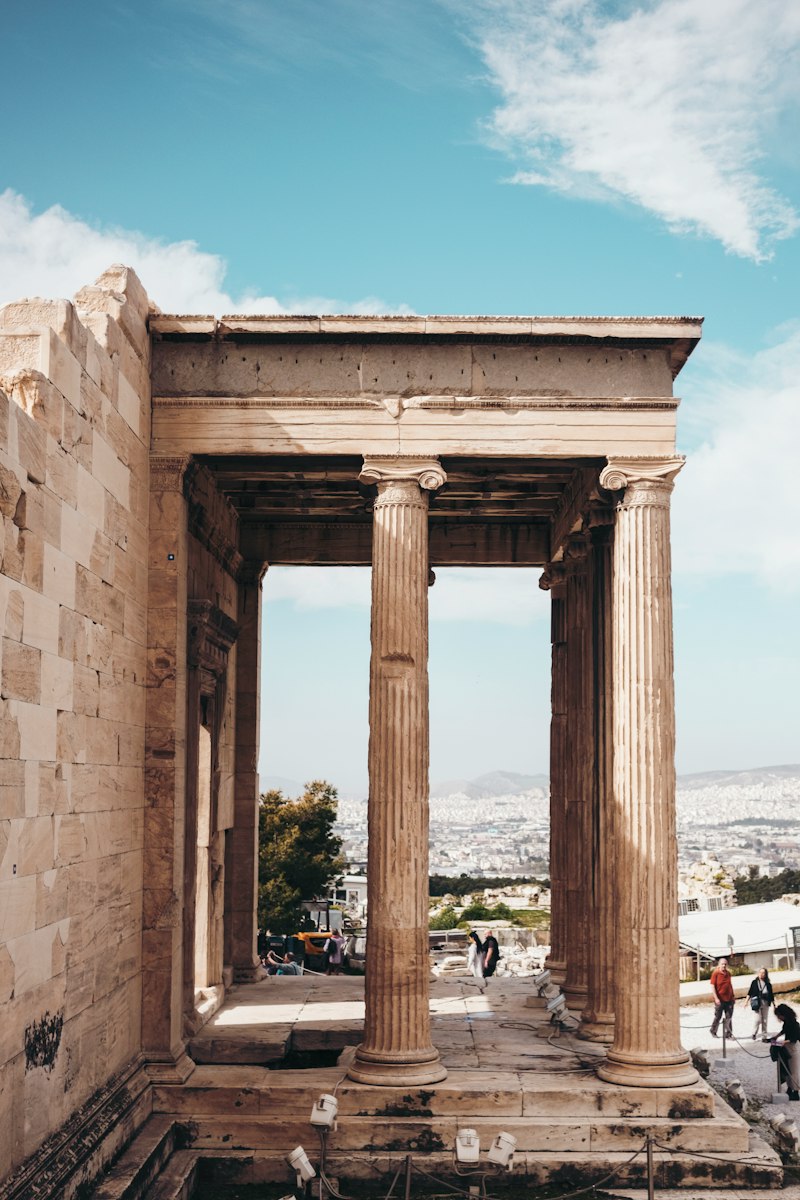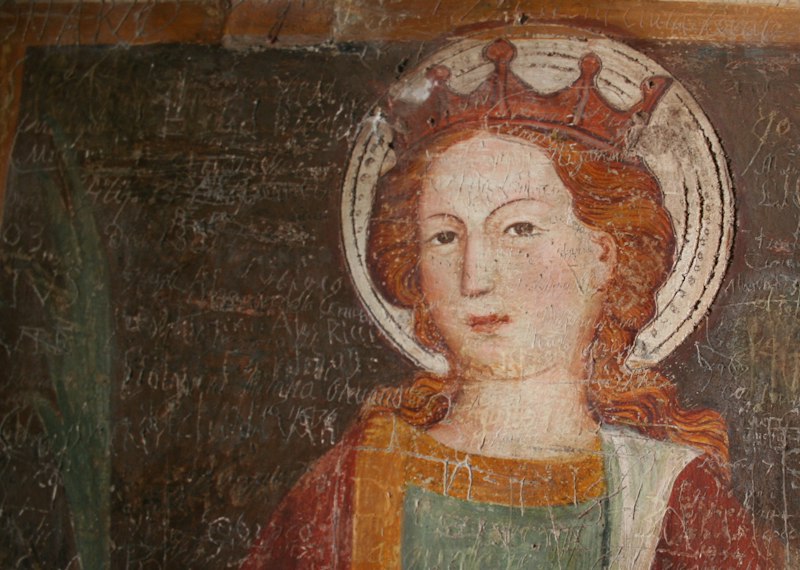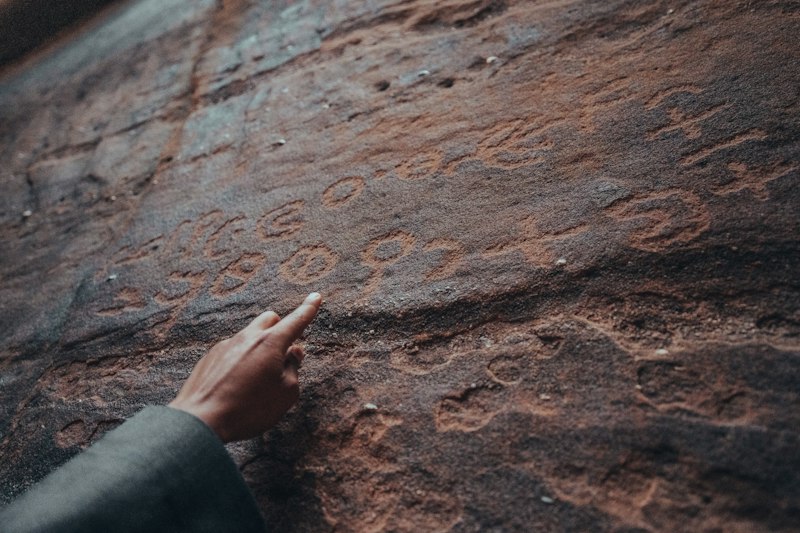Ancient Egyptian Crystal Magic: Gemstone Uses in Daily Life
When we think of ancient civilizations, Egypt undoubtedly comes to mind. Known for its rich history and enigmatic culture, the ancient Egyptians left behind a legacy that still fascinates us today. One aspect that continues to captivate our imagination is their extensive use of crystals and gemstones in daily life.
The ancient Egyptians believed that gemstones possessed powerful properties and energies that could influence their lives in various ways. These precious stones were not just decorative ornaments but held a significant place in their society. They were used for both adornment purposes and spiritual rituals, making them an integral part of their everyday existence.
Gemstones played diverse roles in ancient Egyptian civilization. For instance, lapis lazuli, with its deep blue color resembling the night sky, was associated with the heavens and spirituality. It was often used in amulets and jewelry worn by pharaohs and nobles to symbolize their connection to the divine realm.
Another popular gemstone was turquoise, highly regarded for its vibrant greenish-blue hue. The Egyptians believed it had protective qualities, guarding against evil spirits and promoting health and prosperity. They adorned themselves with turquoise jewelry and even used it to embellish statues and sacred objects.
Carnelian, with its warm orange-red tones, held a special significance as well. It was associated with vitality and power, often considered a symbol of life and rebirth. The ancient Egyptians used carnelian amulets and seals to bring good fortune and protect against negative forces.
Amethyst, a beautiful purple crystal, was valued for its calming and purifying properties. It was believed to ward off nightmares and enhance one’s spiritual connection. Amethyst would often be placed under pillows or worn as jewelry to invite peaceful dreams and promote clarity of thought.
The ancient Egyptians also utilized clear quartz crystals, which they believed could harness and amplify energy. These crystals were often carved into amulets, used in healing rituals, and placed on sacred altars to enhance their spiritual practices.
the ancient Egyptians held a deep reverence for gemstones and harnessed their powers for various aspects of daily life. From lapis lazuli to turquoise, carnelian to amethyst, these crystals were more than just aesthetically pleasing objects; they played a vital role in their spirituality and well-being. Exploring the rich history of ancient Egyptian crystal magic allows us to connect with our ancestors and gain insight into their beliefs and practices, reminding us of the enduring power of these precious stones.
Unveiling the Secrets of Ancient Egyptian Crystal Magic: A Glimpse into the Fascinating World of Gemstone Uses in Daily Life
Have you ever wondered about the enchanting world of ancient Egyptian crystal magic? The secrets and wonders concealed within gemstones have captivated human beings for centuries. In this article, we will take a captivating journey into the mesmerizing realm of gemstone uses in daily life, focusing on the intriguing practices of the ancient Egyptians.
For the ancient Egyptians, gemstones held immense significance and were believed to possess magical properties. They were not only admired for their beauty but also revered for their metaphysical attributes. The Egyptians believed that specific gemstones held powers that could bring protection, healing, and even spiritual enlightenment.
Lapis Lazuli, with its vibrant blue hue resembling the heavens, was highly cherished by the ancient Egyptians. It was considered a symbol of royalty and divinity, often used in amulets and jewelry worn by pharaohs and priests. Lapis Lazuli was believed to enhance wisdom and connect one’s consciousness to higher realms.
Another gemstone treasured by the ancient Egyptians was Carnelian. Its warm reddish-orange color represented vitality and courage. This stone was associated with the life-giving sun god, Ra, and was thought to provide protection and ward off negativity. Many Egyptians wore Carnelian jewelry as a talisman for good fortune and vitality.
Emerald, the lush green gemstone reminiscent of fertile lands, was highly valued by the ancient Egyptians. They believed Emeralds had the power to rejuvenate and heal the body. Priests would place Emerald crystals on the chests of deceased pharaohs to promote physical and spiritual regeneration in the afterlife.

In addition to their mystical qualities, gemstones were also used by the ancient Egyptians for practical purposes. They ground them into powder form to create cosmetics, such as eye makeup, which was believed to have protective and medicinal properties. Gemstones were also utilized in jewelry making, architectural embellishments, and even in healing rituals.
From Amulets to Healing Rituals: Rediscovering the Power of Gemstones in Ancient Egyptian Culture
Have you ever wondered about the mystical allure of gemstones? Their mesmerizing colors and enchanting sparkle have captivated human beings for centuries. In ancient times, gemstones held a special place in various cultures, none more so than in Ancient Egypt. The Egyptians believed that gemstones possessed powerful properties that could influence their lives and bring them protection, prosperity, and even healing.
Amulets, adorned with precious gemstones, were an integral part of everyday life in ancient Egyptian culture. These small charms were worn as pendants or bracelets and were believed to possess magical qualities that safeguarded the wearer from evil spirits and misfortune. The choice of gemstone was significant, as each stone was associated with specific attributes. For example, lapis lazuli symbolized royalty and divine connection, while carnelian represented vitality and courage.
Gemstones also played a vital role in the healing rituals of the ancient Egyptians. They believed that these radiant stones had the power to restore balance and harmony to the body, mind, and spirit. Priests and healers utilized gemstones in ceremonies and treatments, harnessing their vibrational energy to promote physical and emotional well-being. For instance, malachite was used to alleviate heart ailments, while amethyst was thought to ease headaches and enhance spiritual awareness.
The Egyptians’ deep reverence for gemstones extended to their religious practices as well. Many of their deities were associated with specific gemstones, which were used in rituals and offerings. The sun god Ra, for instance, was linked to the radiant yellow hues of citrine and topaz, representing his divine energy and power. The goddess Isis, known for her healing abilities, was often depicted wearing jewelry adorned with turquoise, symbolizing her nurturing and protective nature.
In modern times, there has been a resurgence of interest in the power of gemstones. People are once again drawn to their beauty and the belief that they possess metaphysical properties that can positively impact their lives. Whether you wear them as jewelry, place them in your living space, or incorporate them into healing practices, gemstones continue to serve as a tangible connection to our ancient past.

Unlocking Ancient Mysteries: How Gemstones Played a Vital Role in Ancient Egyptians’ Spiritual and Everyday Practices
Gemstones have long captivated humans with their mesmerizing beauty and mystical properties. In ancient times, these precious stones held a significant place in the lives of the Ancient Egyptians, playing a vital role in their spiritual beliefs and everyday practices. Let’s delve into the intriguing world of gemstones and explore their fascinating connection to the ancient civilization that revered them.
The Ancient Egyptians attributed great importance to gemstones and considered them as powerful symbols of spirituality and protection. They believed that each gemstone possessed unique properties and energies that could influence their lives and connect them to the divine realm. Gemstones were often used in amulets, jewelry, and ceremonial objects. These treasures were not only decorative but also served practical purposes in their daily lives.
One of the most famous gemstones associated with the Ancient Egyptians is lapis lazuli. This deep blue stone was highly valued for its association with the sky and water. The Egyptians believed that lapis lazuli had protective qualities and used it in amulets and jewelry to ward off evil spirits and bring good fortune. It was also ground into powder and used as eyeshadow, symbolizing their connection to the gods.
Another gemstone of significance was carnelian, a vibrant reddish-orange stone. It was believed to possess the power of rejuvenation and vitality. The Ancient Egyptians often used carnelian in their jewelry, seals, and statues, associating it with the life-giving energy of the sun. This gemstone was thought to enhance courage, creativity, and fertility, making it highly sought after by both royalty and commoners.

Crystal Clear Power: Exploring the Deep Significance of Gemstone Utilization in Ancient Egyptian Daily Lives
Imagine walking through the sun-kissed sands of ancient Egypt, surrounded by majestic pyramids and towering obelisks. In this mesmerizing world, gemstones held a profound significance, permeating every aspect of daily life. From adorning the pharaohs to being used as powerful talismans, these precious stones possessed an otherworldly allure that captivated the hearts and minds of the Egyptians.
Gemstones were more than just aesthetically pleasing objects; they were believed to possess mystical powers and serve as conduits for spiritual energies. Each stone was thought to have its own unique properties, aligning with specific deities and celestial forces. For instance, lapis lazuli represented the night sky and was associated with the goddess Isis, while carnelian symbolized rebirth and was linked to the rising sun.
The Egyptians attributed protective qualities to gemstones, using them as amulets and charms. These exquisite adornments were worn by both the living and the deceased, safeguarding them from evil spirits and providing guidance in the afterlife. The renowned Eye of Horus, crafted from lapis lazuli or turquoise, was a symbol of protection and healing, believed to ward off illness and bring prosperity.
Gemstone usage extended beyond personal ornamentation. They were intricately incorporated into religious rituals and ceremonies. The high priests and priestesses adorned themselves with intricate jewelry encrusted with vibrant gemstones, invoking the blessings of the gods and goddesses they worshipped. By harnessing the energy contained within these stones, they believed they could communicate with the divine realm.
Furthermore, gemstones had practical applications in ancient Egyptian society. Ground into powders or mixed with ointments, they were employed in cosmetics and medicinal preparations. Crushed malachite and galena were used as eye makeup, not only enhancing beauty but also providing protection against eye infections.
The ancient Egyptians’ fascination with gemstones extended to their belief in the afterlife. They adorned burial chambers and sarcophagi with precious stones, symbolizing eternal life and spiritual transformation. These gems accompanied the deceased on their journey to the underworld, guiding them towards resurrection and immortality.
the utilization of gemstones in ancient Egyptian daily lives went far beyond mere decoration. They held a deep significance, intertwining with the realms of spirituality, protection, and practicality. As we marvel at the intricate artifacts left behind by this remarkable civilization, let us recognize the powerful role gemstones played in shaping their beliefs and traditions.


